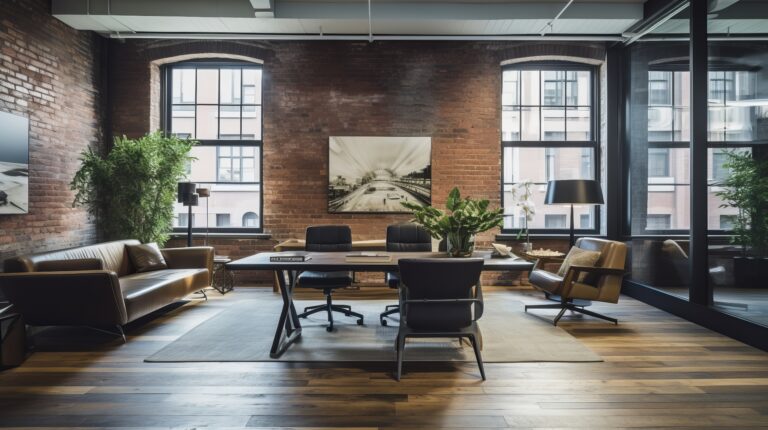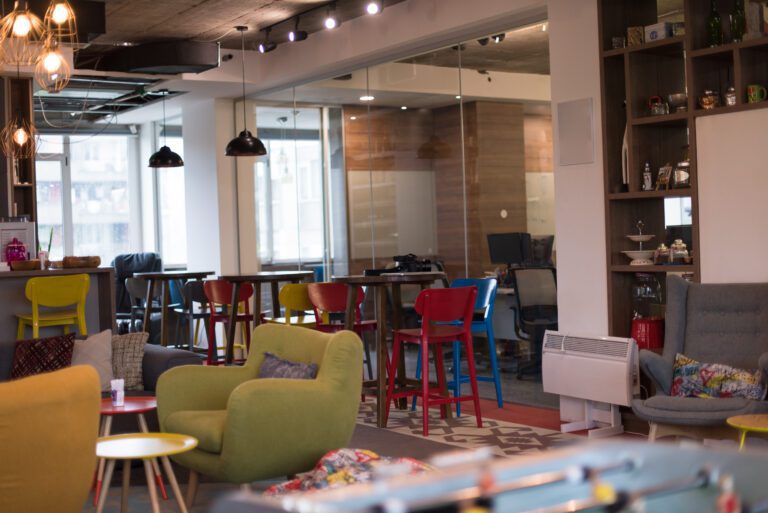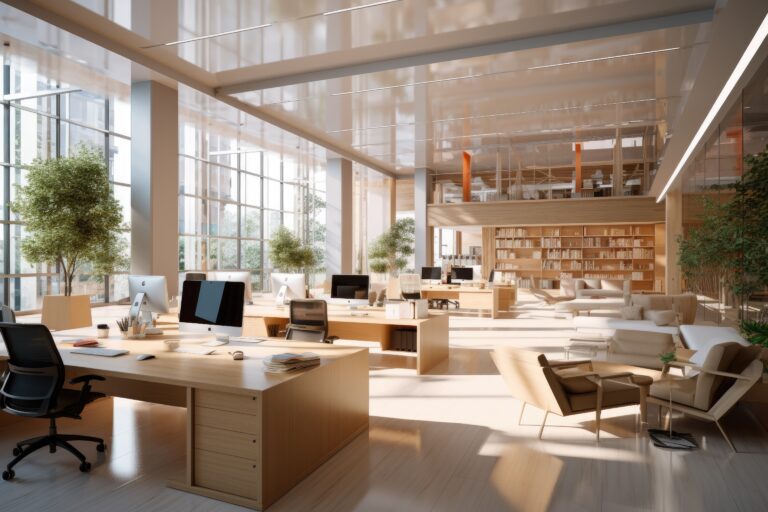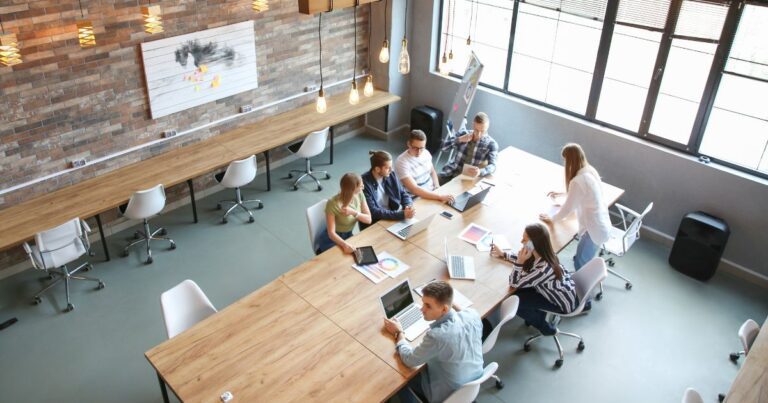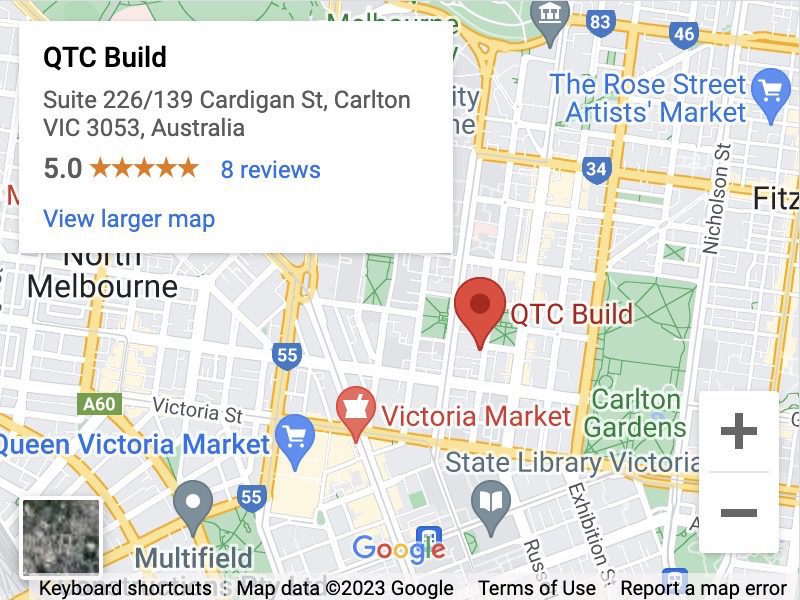Creating an inclusive office environment goes beyond policies and practices; it extends into the very design of the workspace. Thoughtful office design can significantly impact the sense of belonging and productivity among employees, fostering an atmosphere where everyone feels valued and supported. By incorporating elements that cater to diverse needs and preferences, companies can cultivate a more inclusive culture, ultimately enhancing creativity, collaboration, and overall workplace satisfaction.
Universal Design Principles
By integrating features such as adjustable workstations, clear signage, and barrier-free layouts, these principles ensure that all employees can navigate and use the space comfortably. Thoughtful office design also incorporates elements like natural lighting, acoustical considerations, and ergonomic furniture to enhance well-being and productivity. Ultimately, Universal Design fosters an inclusive environment where every individual feels valued and empowered.
Flexible Workspaces
Flexible workspaces play a crucial role in promoting inclusivity by incorporating thoughtful office design that caters to diverse needs and preferences. These spaces are adaptable, allowing for various configurations that can accommodate different work styles, abilities, and collaborative requirements. Features such as adjustable desks, quiet zones, open collaboration areas, and accessible facilities ensure that every employee feels comfortable and valued. By prioritising flexibility and inclusivity in office design, companies can foster a more inclusive environment that enhances productivity, creativity, and overall employee well-being.
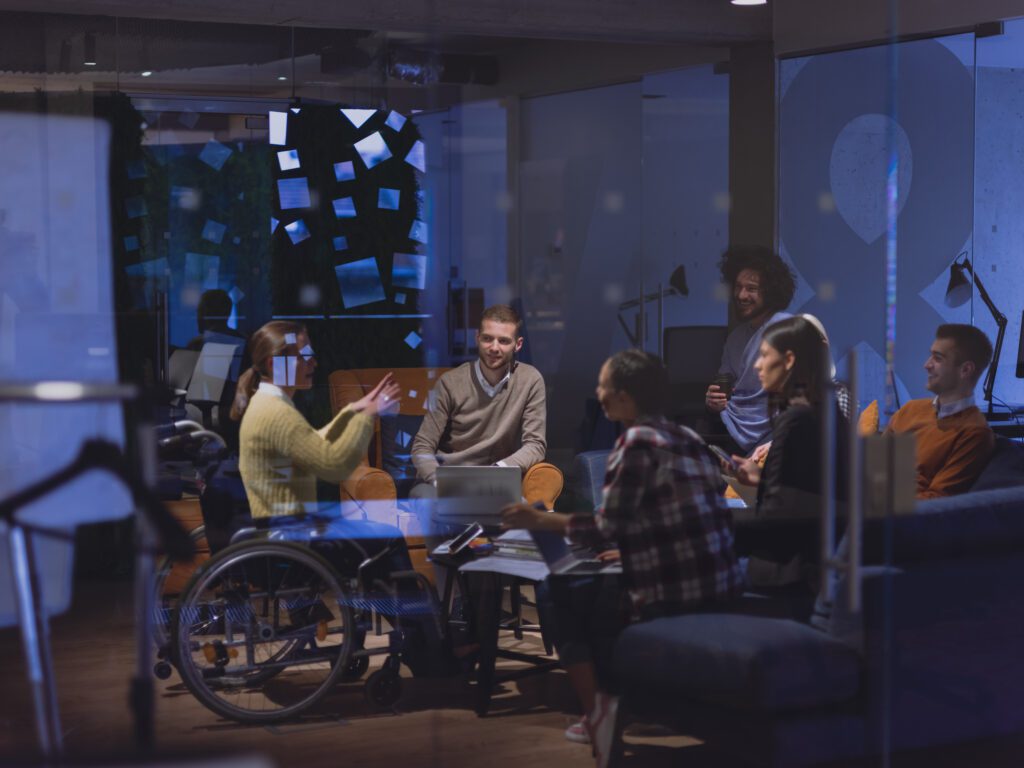
Inclusive Facilities
Inclusive facilities in office design foster a sense of belonging and accessibility for all employees, regardless of their abilities or backgrounds. By integrating features such as gender-neutral restrooms, wheelchair-accessible pathways, adjustable workstations, and quiet rooms, organisations create an environment that respects diverse needs and promotes well-being. Thoughtful design also includes consideration of lighting, acoustics, and communal areas to ensure that every employee feels comfortable and valued. This approach not only enhances productivity but also cultivates a positive, inclusive workplace culture.
Cultural Sensitivity
Cultural sensitivity in office design plays a pivotal role in fostering inclusivity and enhancing employee well-being. By thoughtfully incorporating diverse cultural elements, such as color schemes, artwork, and communal spaces that reflect various traditions and practices, companies can create environments where all employees feel valued and respected. This approach not only acknowledges and celebrates cultural diversity but also promotes a sense of belonging, collaboration, and innovation within the workplace.
Collaboration and Community Spaces
Thoughtfully designed environments that prioritise open layouts, flexible workspaces, and accessible facilities enable employees from all backgrounds to connect and collaborate seamlessly. By integrating elements such as breakout spaces, communal areas, quiet zones, and adaptable furniture, these spaces cater to varying work styles and needs, ensuring that everyone feels valued and supported. This approach not only enhances productivity but also cultivates a workplace culture that celebrates diversity and inclusivity.
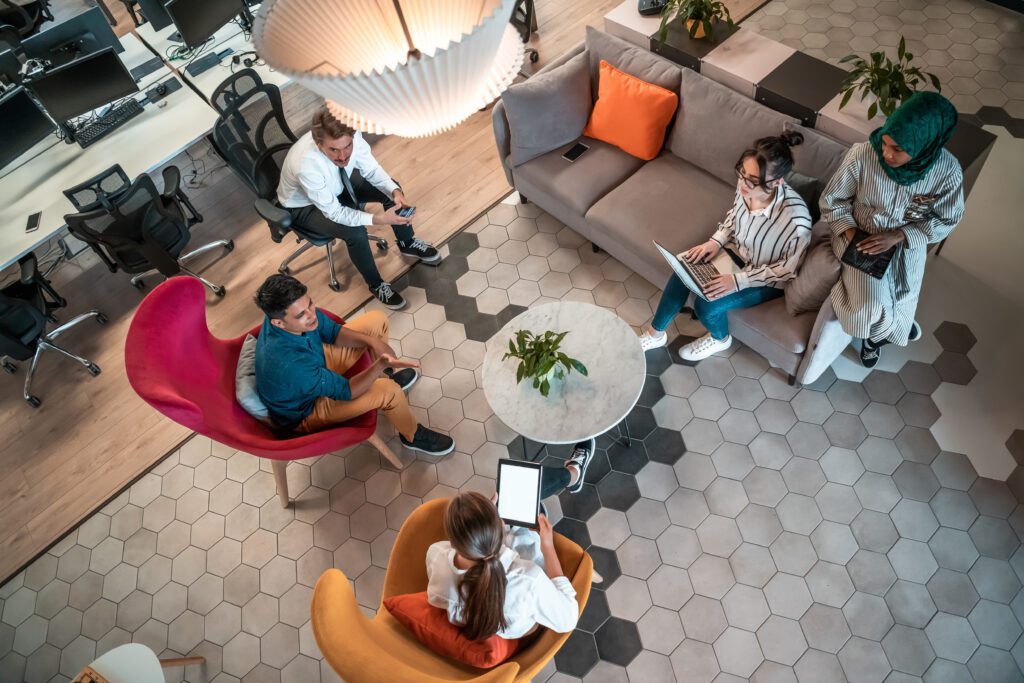
Lighting and Acoustics
Incorporating thoughtful lighting and acoustics into office design is crucial for promoting inclusivity. Adequate lighting ensures that all employees, including those with visual impairments, can navigate the space safely and comfortably. Adjustable lighting options accommodate diverse preferences and work tasks, enhancing productivity and well-being. Similarly, well-designed acoustics minimise distractions and reduce stress, benefiting employees with sensory sensitivities or hearing impairments. By prioritising these elements, offices can create an environment where everyone feels valued and supported, fostering a more inclusive and collaborative workplace culture.
Employee Input and Participation
Employee input and participation are crucial for promoting inclusivity through thoughtful office design. By involving employees in the design process, organizations can create workspaces that reflect diverse needs and preferences, ensuring that all voices are heard and valued. This collaborative approach not only fosters a sense of belonging but also enhances productivity and well-being. Inclusive office design considers accessibility, comfort, and cultural sensitivity, resulting in an environment where everyone feels respected and empowered to contribute their best work.
Sustainable and Healthy Materials
By selecting materials with low environmental impact, such as recycled and renewable resources, offices can reduce their carbon footprint while supporting sustainable practices. Incorporating biophilic elements like natural light, plants, and greenery not only enhances aesthetics but also improves air quality and boosts mental health among employees. Thoughtful office design can thus create a welcoming and inclusive atmosphere that priorities the health and happiness of all individuals within the workspace.
Contact QTC Build today for further consultation on creating an inclusivity in your office.


